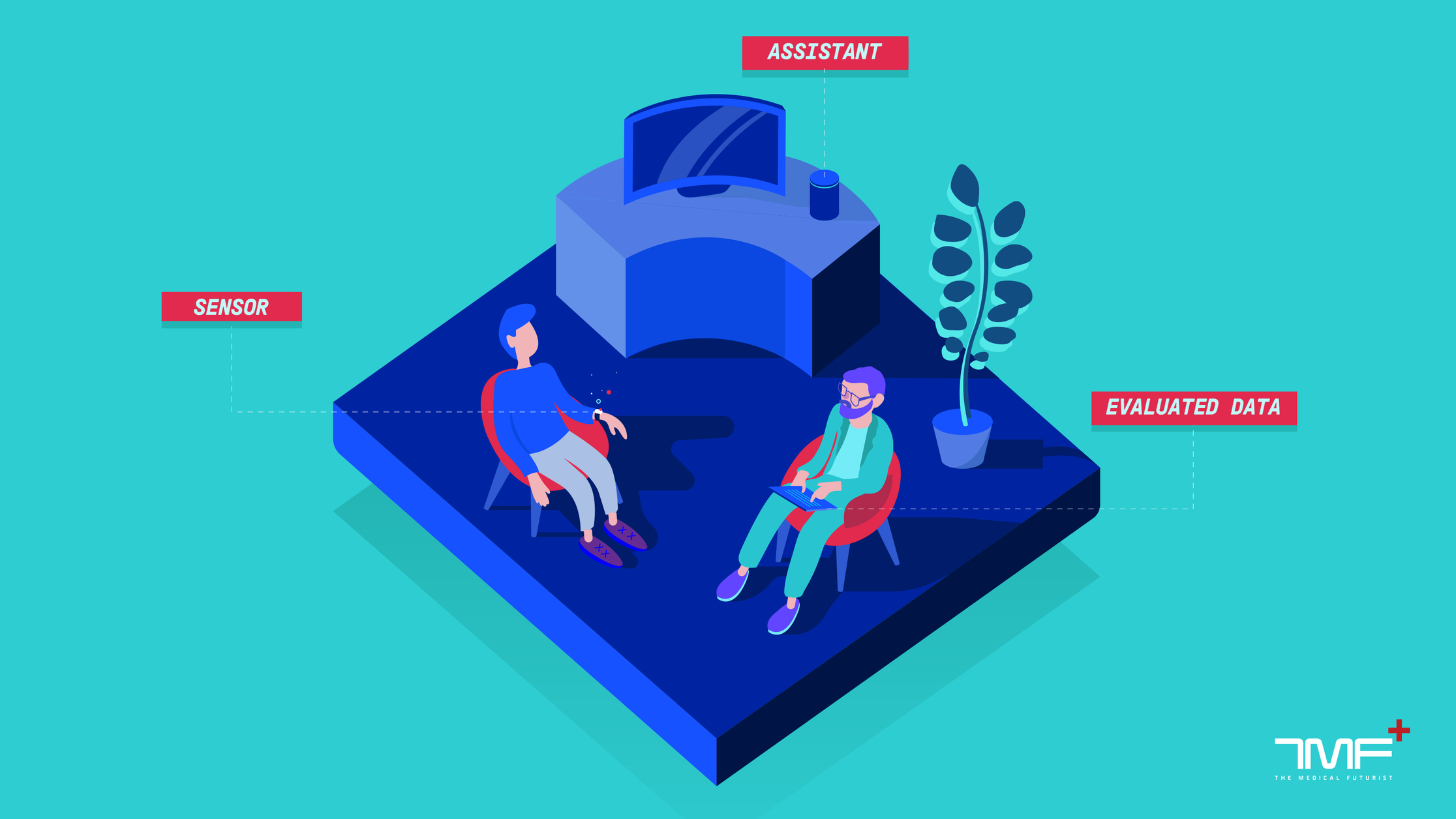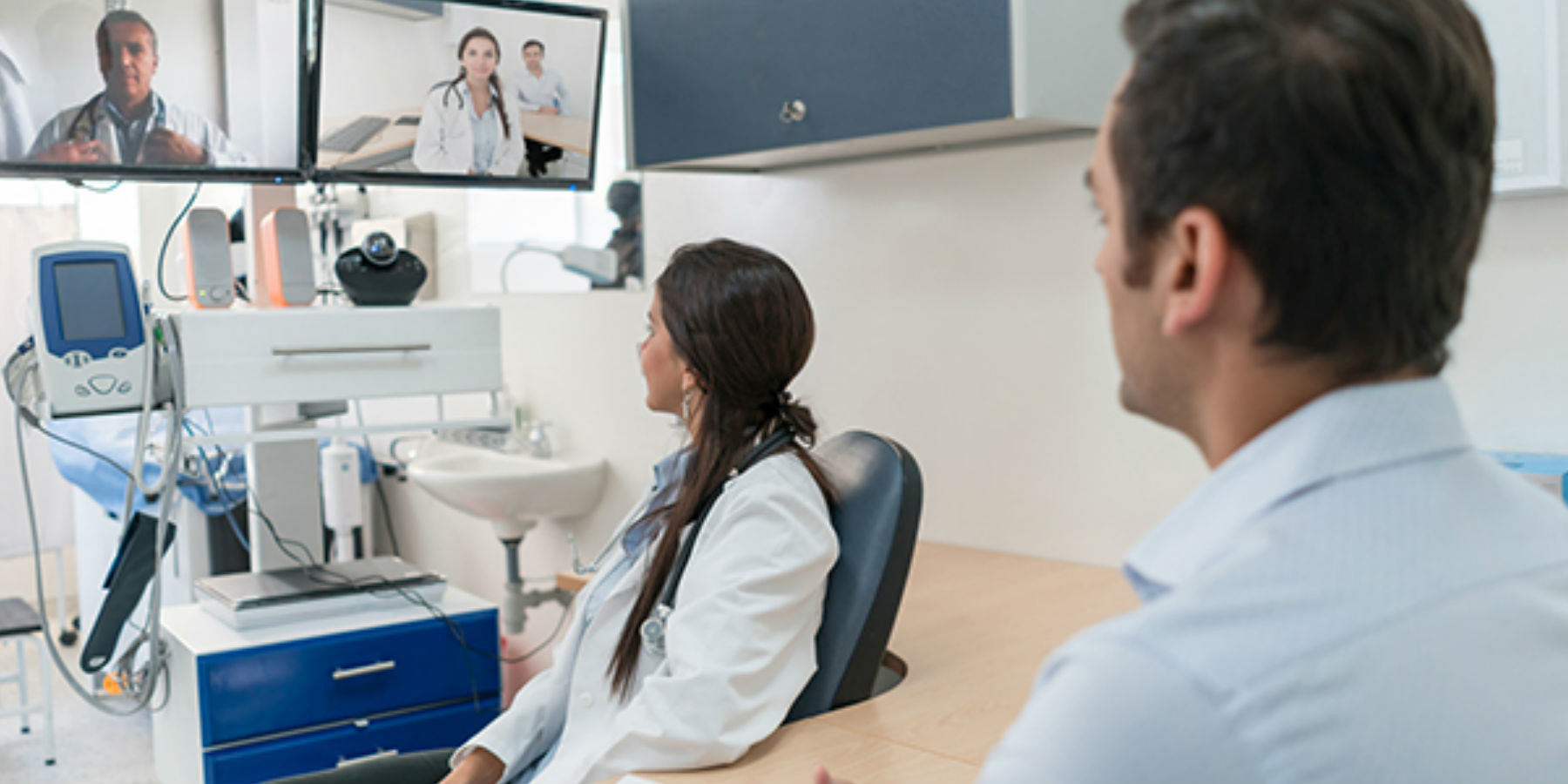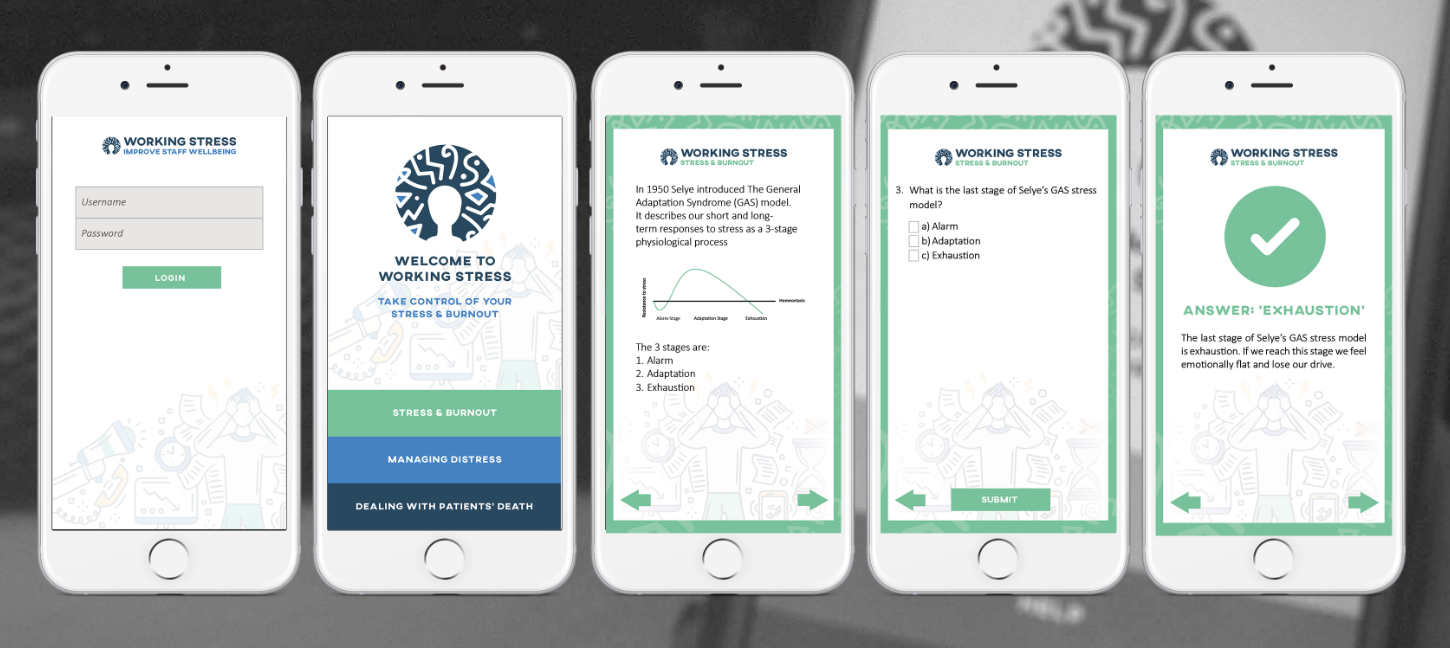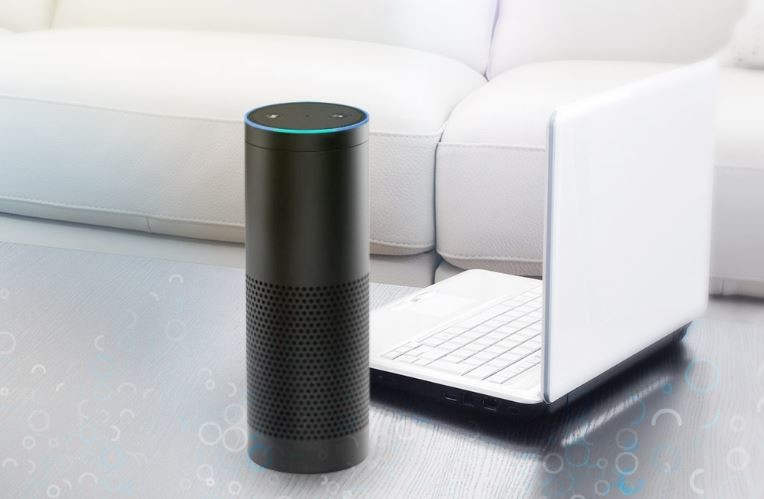
Digital Technology for Doctors
Work environment has a massive impact on doctors’ empathy, focus, and overall performance. Although some factors are hard to change, such as the location of the medical practice, relationships with colleagues, the payment structure or the patient population, there are marvelous technological responses, which could ease the burden on physicians and help decrease stress. And who says that great solutions can only come from outside? Here are some tips for medical professionals, how they could improve their workspace.
Workplace optimization for higher medical career satisfaction
Taking care of patients is not a job, it’s a calling. That’s why you put up with the long hours in overtime in a hospital, the brain-melting administrative burdens, and the long way until someone becomes an attending physician from a medical student. While it is generally accepted that work environment influences a person’s job satisfaction level significantly, for physicians, it is even more important. Your empathy, your focus, your attention or lack of all these come with a price. As human lives and health are at stake, the work of a physician requires full attention, being up-to-date and focused, having fast or, on the contrary, measured decision-making capabilities.
That’s why it is essential to optimize the work environment where physicians spend weekly 40-60 hours on average. Although some factors are given, such as the geographical location of the hospital or doctor’s office, your relationships with colleagues, the payment structure or the patient population, there are some elements of the working environment which could be changed. Some would say that a medical setting, especially large institutions, is a top-down system where you always need someone’s approval for a new method or a new tool to use. However, that doesn’t mean that you should not try new solutions which do not require anyone’s authorization, or that you should not go for that approval. What would we be without the human ability to change and be creative?
So, here, we would like to show you some digital solutions ranging from telemedicine to mobile health, artificial intelligence, apps, etc., with which you can create a better medical work environment. Let’s try them and tell The Medical Futurist team about your experiences!
1) Go digital with your patients!
Digital literacy and the use of digital tools are inevitable in our wired world. However, you do not have rush and buy the Oculus Rift for the Medical Realities VR Platform to stay up-to-date, there are so many smaller steps you can take. You can broaden the spectrum of doctor-patient communication channels. The Medical Futurist believes that patients would love to know that their doctors can be reached at the tap of their fingers.
Of course, the phone comes first in emergency situations. But what if you schedule a patient visit through e-mail or instant messaging applications, such as WhatsApp or Facebook Messenger? You certainly cannot set a diagnosis through messaging and have to consider fundamental data privacy rules, however, in some instances, patients could send audio recordings of their coughs or pictures about their rashes, and physicians could advise them whether it is worth going in for a visit. In the future, this will be the task of health chatbots.
2) Try telemedicine and digital devices!
Moreover, you could use the power of telemedicine to reach patients living in remote areas or in cases where the consultation would not take as long that it would be worth for the patient going into the GP’s office or for a medical review. There are brilliant telehealth solutions which offer patients on-demand video visits and consultations, and some of them are even able to pull data from external sources such as the EHR system or pharmacies.
Also, encouraging chronic disease patients for using digital health apps or devices for daily measurement of vital signs such as blood pressure or blood glucose can also result in easier case management and less workload. While the patient can see the readings as well, they are transmitted to the physician’s office. The advantage? No need for chronic patients to come to the doctor unless alerts advise them to do so.
3) Use de-stressing tools!
Mental hygiene is key in avoiding burn-out and having an overall positive job satisfaction. Although it is well-documented that specialties with more work hours tend to have relatively low physician job satisfaction, we, unfortunately, cannot change the number of working hours for you, but there are tricks to ease the burden. It is also well-known that physicians generally experience higher levels of stress due to the responsibility that comes with dealing with patients and saving lives. However, there are some methods which might offer some help.
As a first step, our first advice is to find 10 minutes for yourself even in the busiest of days. It is possible and incredibly useful! As a matter of fact, a study concluded that microbreaks during surgeries could increase surgeons’ focus and physical performance.
So, let’s look up one of the meditation apps such as Calm or Headspace useful. These help ease anxiety with breathing sessions, clear your mind with soothing music and cleanse your thoughts with beautiful nature scenes. The Working Stress gamified app, specially designed for physicians, provides specific information about stress, grief, and burnout. It explores the psychological and physical impact of stressful situations and offers coping strategies to apply immediately.
In the future, The Medical Futurist can imagine a solution where an augmented reality glass or a sensor could signify if a doctor is too tired or stressed out to work. It would be similar to the eye-tracking system for the detection of fatigue by drivers.
4) Decrease administrative burdens with technology!
Medical administration is somewhat similar to doing the dishes after cooking a fantastic meal. A burden that you want to avoid at all costs. A study says that in the United States, the average doctor spends 8.7 hours per week on administration. Psychiatrists spent the highest proportion of their working hours on paperwork (20.3%), followed by internists (17.3%) and family/general practitioners (17.3%). Doctors in large practices, those in practices owned by a hospital, and those with financial incentives to reduce services spent more time on administration.
Unfortunately, there is no dishwasher for medical paperwork – yet. Artificial intelligence has a high potential for changing the situation. IBM already launched an algorithm called Medical Sieve. It is an ambitious long-term exploratory project to build a next-generation “cognitive assistant” with analytical, reasoning capabilities and a wide range of clinical knowledge. San Francisco-based Augmedix aims to harness the power of the Google Glass to make healthcare more patient-centric and cut down on administration. It provides a technology-enabled documentation service for doctors and health systems, so physicians do not have to check their computers during patient visits, while medical notes are still generated in real time.
Moreover, voice assistants have the potential to free up the time of doctors spent on administration. Companies like Nuance and M*Modal already provide software-based dictation services to physicians. California-based company, Notable, launched a wearable voice-powered assistant in May 2018 aimed at helping doctors capture data during interactions with patients. In addition, there are already smart versions of common clinical devices such as thermometers, blood pressure cuffs, and scales that automatically record readings in the patient record, so you do not have to type it. Do you think it’s high time for you to tell your boss to upgrade? We think so, too!
5) Use the hive mind for solving difficult cases!
The Medical Futurist experienced the power of crowdsourcing already at the dawn of social media. In 2011, Dr. Mesko used the power of Twitter to solve a complicated case. The patient was successfully diagnosed, while he was named Dr. Twitter by Al Jazeera. Social media can be incredibly useful not only for difficult cases but also in case of rare diseases. The National Institute of Health, America’s medical agency, recognizes 7,000 rare illnesses – defined as those that each affect fewer than 200,000 people. A general practitioner cannot possibly remember all of these. That’s where for example CrowdMed comes in. Patients submit their cases to the site, and medical students, retired doctors, nurses or even laypeople offer their potential diagnosis. The ones, whose medical assessment was accurate for the case, receive some reward: a few dollars and a rise in the system’s ranking.
Beyond CrowdMed, many doctors use Twitter for asking around about cases. Using hashtags like #quickcase, many post unidentifiable pictures about patients specifying their problems and/or possible solutions and ask for help to move forward. If you have a specific medical question and you ask it understandably, you could even get dozens of possible solutions. Try it!



